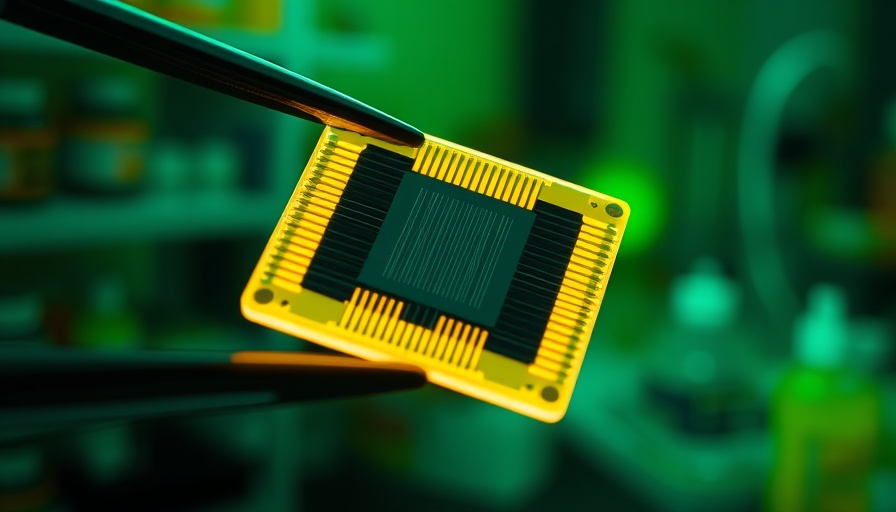
The New Era of Solar Technology: A Quantum Leap
The landscape of solar energy technology has been forever altered by a groundbreaking achievement from a team at the University of Sydney. With their creation of the largest and most efficient triple-junction perovskite-perovskite-silicon tandem solar cell, the researchers champion a sustainable future where solar energy might dominate global power generation. The team's innovative designs and modifications offer a glimpse into an energy solution that could significantly reduce reliance on traditional, and often environmentally damaging, sources of power.
An Unprecedented Efficiency Benchmark
At the forefront of this revolution is Professor Anita Ho-Baillie, whose team reached a monumental certified steady-state power conversion efficiency of 23.3% for a 16 cm² device. This achievement not only sets a record for large-area solar cells but also signals a crucial advancement in solar technology. For the smaller 1 cm² version, they reported an astonishing efficiency of 27.06%, showcasing the promise of these new materials under real-world conditions. By enhancing the stability of these solar cells, major barriers that have historically impeded perovskite solar technologies are being dismantled.
Implications of Enhanced Thermal Stability
The thermal resilience of these cells is as remarkable as their efficiency. During rigorous testing that simulated extreme temperature variations, the cells retained 95% of their efficiency after 400 hours under illumination—a feat previously deemed unachievable. This capability to withstand harsh climate conditions is vital for deploying solar technology on a larger scale, particularly for homeowners and businesses eager to take advantage of green energy solutions.
Engineering Innovations Driving the Breakthrough
The success of this triple-junction cell can be attributed to several critical innovations. By replacing unstable materials traditionally used in perovskites with more robust alternatives—such as substituting methylammonium with rubidium—the team created a perovskite lattice that is far less susceptible to degradation. Furthermore, the introduction of controller mechanisms such as nanoscale gold particles enhances charge transport and light absorption, crucial for maximizing the efficiency of solar cells.
Paving the Way for Future Applications
The advancements in perovskite solar technology reflect a larger trend towards integrating innovative materials and smarter designs into everyday energy solutions. For businesses keen on adopting sustainable practices, investing in such cutting-edge technologies could lead to substantial long-term savings and environmental benefits. This research, underpinned by partnerships with international collaborators, showcases the collective effort needed to propel the solar industry into a new age.
The Business Case for Sustainable Solar
For homeowners and business owners alike, these developments represent more than just technological achievements; they point towards a promising future for solar energy. As efficiency gains translate into economic benefits, there is no better time to consider adopting solar solutions. Federal policies and incentives are increasingly favoring renewable energy adoption, and with such advancements making solar technology more accessible and feasible, the potential for growth in this sector is monumental.
Conclusion: Your Role in a Sustainable Future
As the solar energy revolution advances, it presents a unique opportunity for homeowners and businesses to transition to sustainable energy sources. Engage with local solar providers to explore how these advanced technologies can enhance your energy independence and financial savings.
 Add Row
Add Row  Add
Add 



Write A Comment